It’s probably no secret that you love your furry friend and therefore want to do everything in your power to protect them. Therefore, it’s hard to think that an act such as feeding, which helps keep your pet healthy, could potentially be harmful. Pet food contamination is not something dog and cat owners often think about, but it is very critical to understand the main causes of pet food poisoning, how to tell if your dog food is spoiled and how to prevent it!
Main Causes of Pet Food Contamination
So what actually causes pet food to spoil? The first culprit is air. When food is exposed to air for a prolonged period, harmful bacteria can easily form and develop quickly. Salmonella is a common infectious bacteria that both humans and animals are susceptible to being infected by. If contracted, salmonella can cause cat and dog food poisoning symptoms such as diarrhea with occasional blood, vomit, experience nausea, fever and dehydration. In very severe cases, the infection may travel into the bloodstream of your pet, causing sepsis or blood poisoning, both of which are life threatening. If you have a young, old or immunocompromised pet, take note as this means they are more susceptible to infection. Therefore, make sure food is properly stored so that the only Sam and Ella your pet encounters are other pets!
Listeria infections are a rare type of pet food poisoning, but are another agent to look out for. Listeria can be found in soil, water and animal feces, and if contracted, can cause similar symptoms to a salmonella infection such as diarrhea and vomiting. Severe cases of a listeria infection can include a fever, muscle pain, difficulty breathing, pregnancy loss and can be deadly.
Excess moisture in your environment can be another catalyst for pet food contamination as it can cause mold. Aflatoxins are toxins produced by fungi that are commonly found on agricultural crops, and they thrive in humid conditions. They are produced by mold called Aspergillus flavus and grow on corn and other grains, which are common pet food ingredients. Consumption of high number of aflatoxins can be deadly for pets.
When food is stored in warm or hot temperatures, the food is likely to spoil. Rancid food produces harmful acids such as butyric acid, which, when eaten, can cause a severe case of dog or cat food poisoning.
Finally, not mixing your dog food properly can cause dog food contamination by causing pet food to spoil. Believe it or not, too much consumption of certain vitamins can be harmful to your pet. Recently, many types of dog food were recalled for containing excessive levels of Vitamin D. Unfortunately, bad quality pet food brands are often at fault for having unhealthy levels of vitamins in their products. Fortunately, at Open Farm we make pet food that guarantees your friend is getting the best nutrition possible!
How to tell if your dog food is contaminated or spoiled
If you suspect your pup or cat has eaten some contaminated pet food, here is how you can check.
1.Smell the food and check for a rancid or sour odor.
-
Look for moisture, mold or bugs in the food.
-
Check the expiry date on the item.
-
Ask yourself if the food has been exposed to heat or humidity.
-
Pay attention to see if your pet is refusing to eat or if they show signs of cat or dog food poisoning symptoms, or discomfort after eating.
How to keep your pets safe from pet food poisoning and contamination
-
When purchasing pet food, make sure there is no visible damage to the packaging and that no seals have been broken.
-
Make a habit of washing your pet’s food and water bowls! If your dog eats dry food, bowls should be washed once a day. For dogs that consume wet or raw food, wash their bowls after every meal.
-
Promptly refrigerate or compost leftover wet dog food.
-
Wash your hands before and after handling raw meat or eggs.
-
Clean areas used to prepare food immediately after use.
-
Keep food in the bag or can that it comes in.
-
Ensure food is sealed and stored in a cool location.
-
Pay attention to the expiration dates on packages.





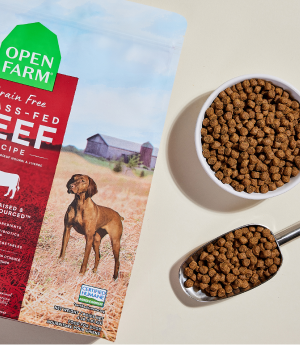
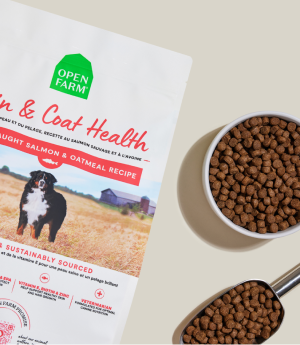
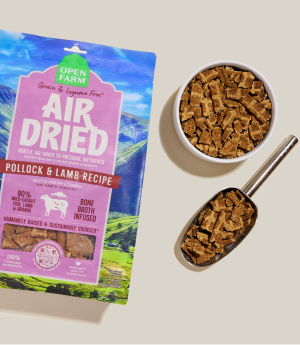
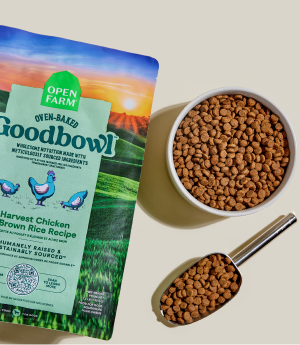
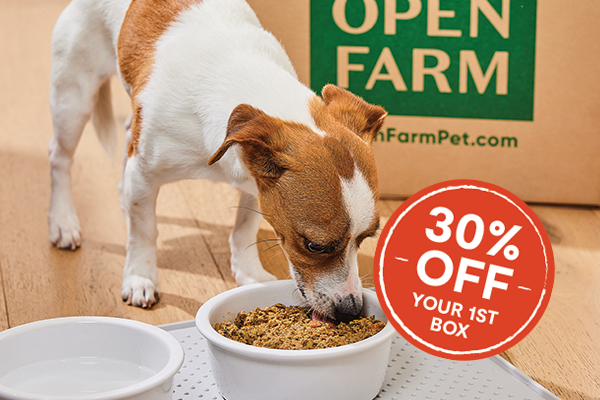

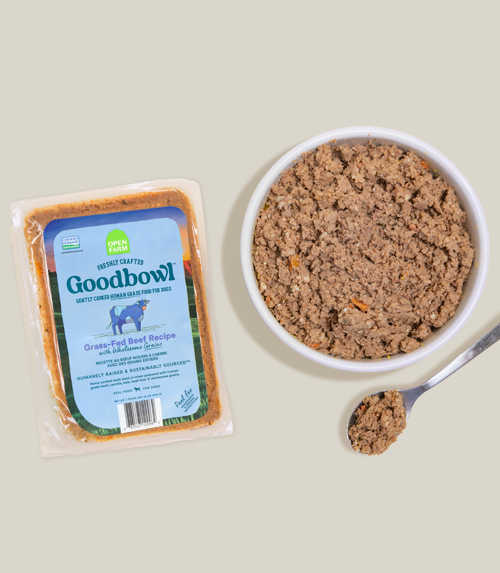

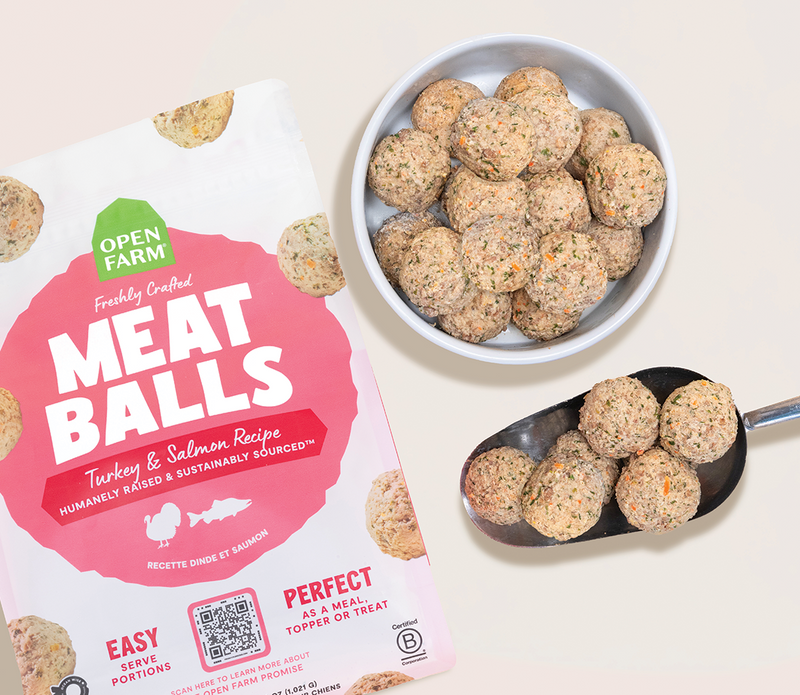
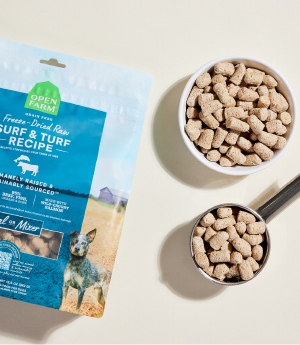
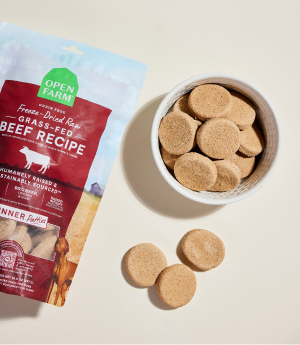
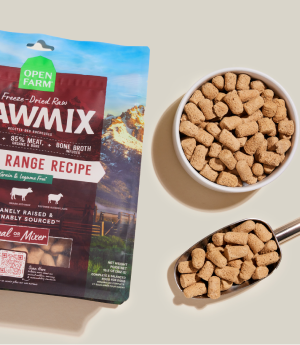
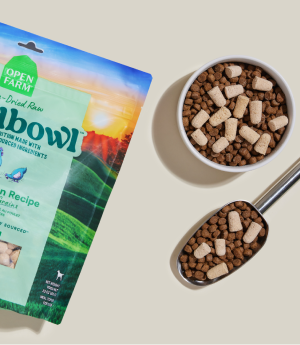
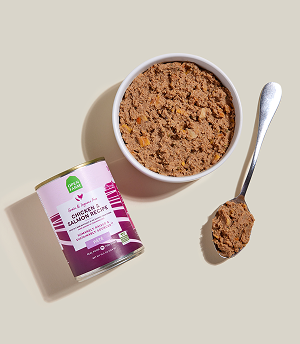
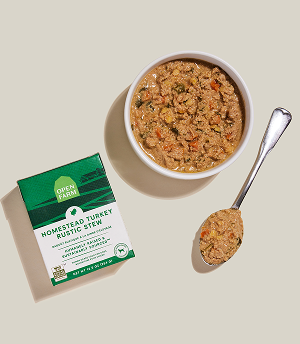
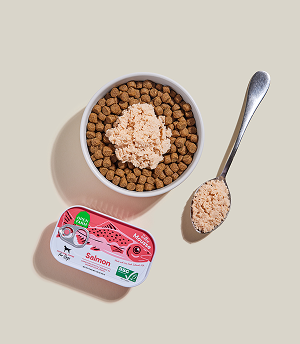
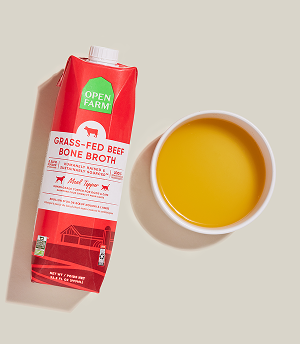

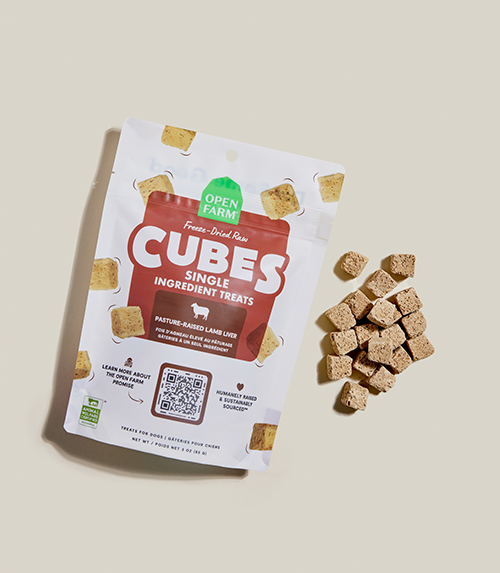
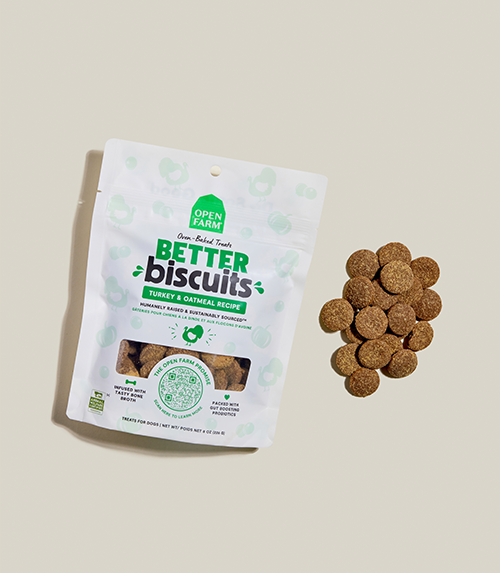











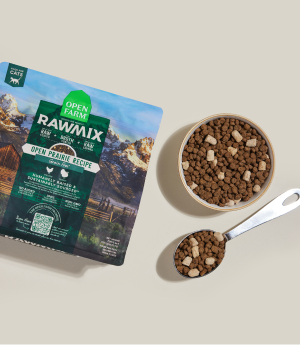
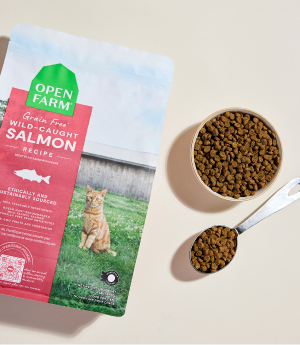
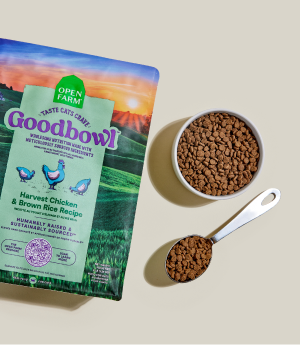
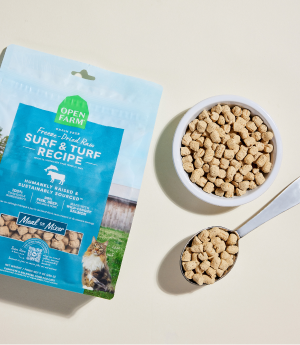
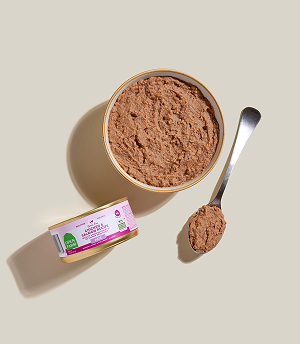
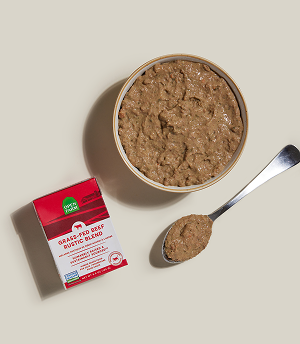
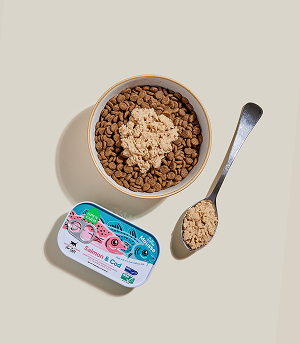
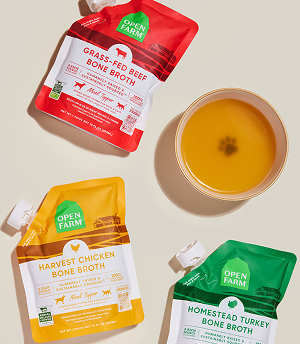
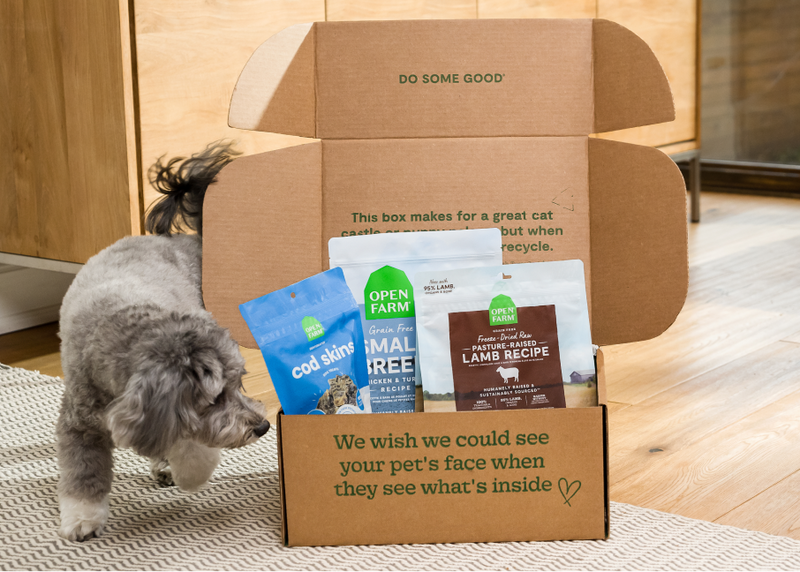
 Sign In
Sign In
 Create Account
Create Account










